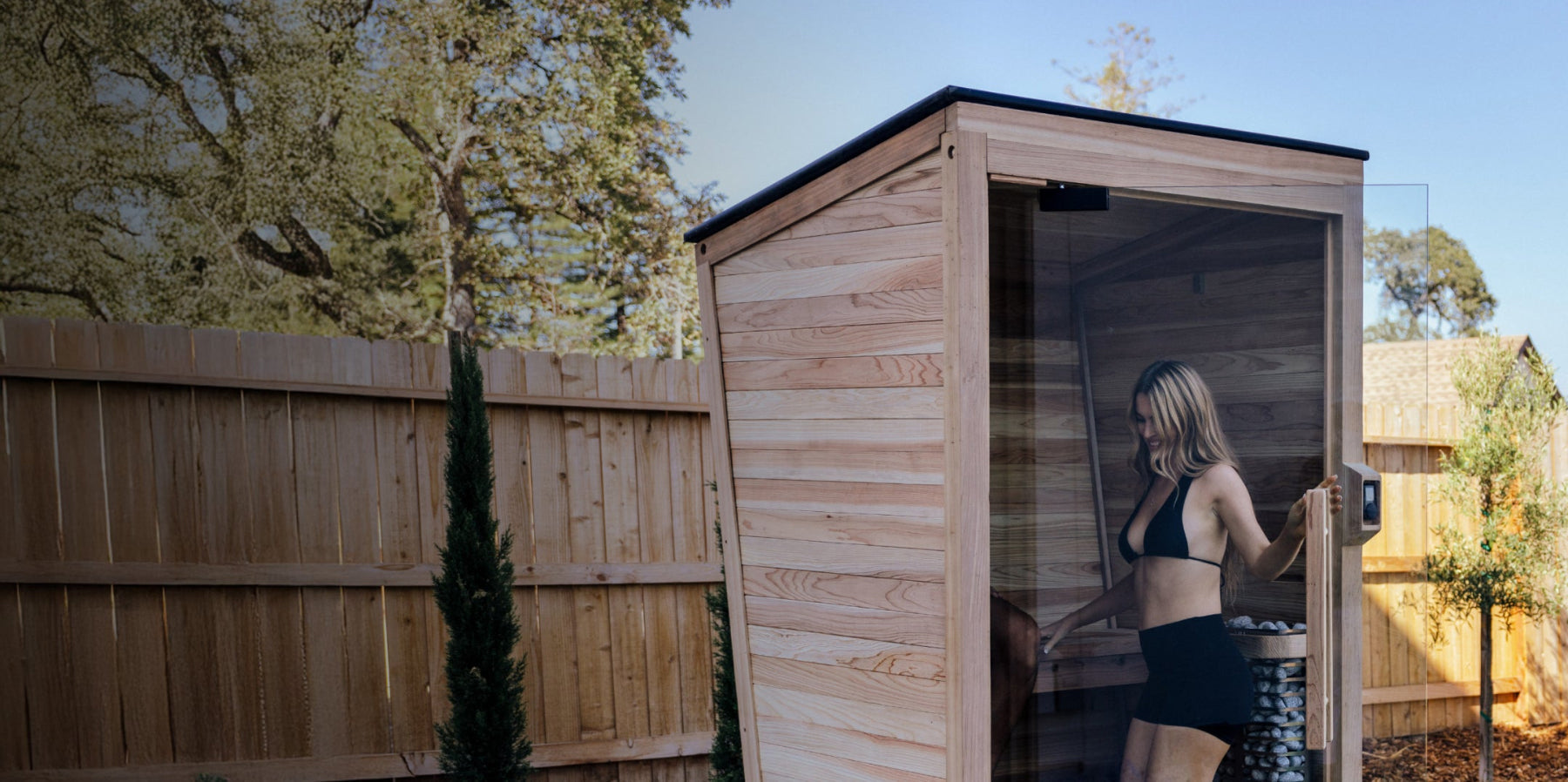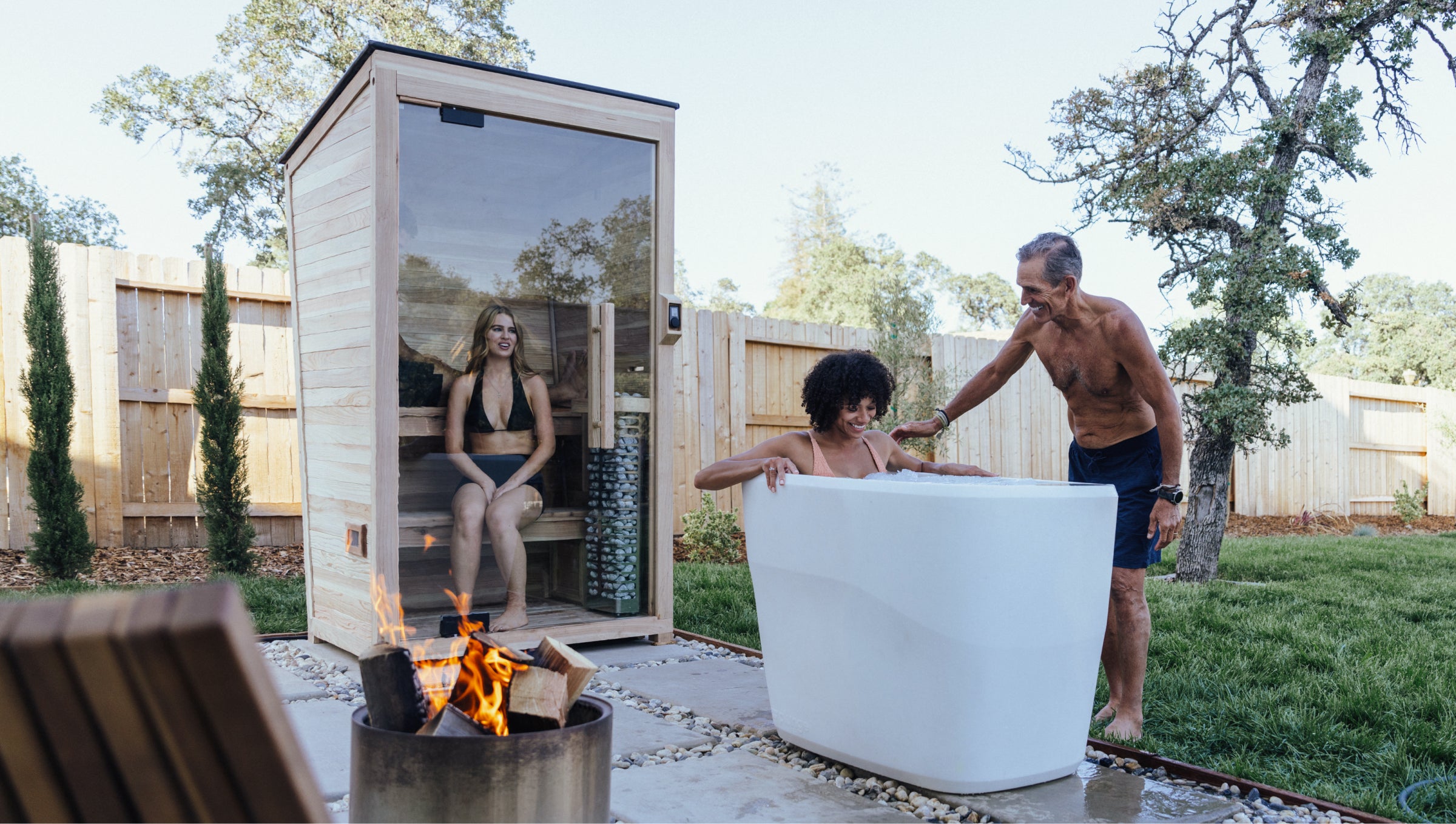
A Thanksgiving Survival Guide
Thanksgiving is a holiday built for connection, celebration, and,—let’s be honest— generous portions. While big meals are part of the fun, they can leave your digestion working overtime. Thankfully, the recovery tools many of us already love—movement, breathwork, hydration, nervous-system resets, and yes, even optional hot/cold therapy— can make a noticeable difference in how you feel afterward.
Here’s a clear, science-informed guide to supporting digestion and easing post-feast discomfort, without needing anything more than consistent habits and a little intentional timing.
Why Digestion Slows After Big Meals
Your digestive system does its best work when your body is in a parasympathetic state — the “rest-and-digest” mode. After large meals, it’s normal to feel heaviness or fatigue as your body channels resources toward breaking down food.
Anything that helps calm your system, promote circulation, and reduce bloating can support this process.
1. Start With the Most Powerful Digestive Tool: Gentle Movement
If you choose only one strategy, make it this: take a slow 10-minute walk after eating.
Walking:
-
Stimulates digestion naturally
-
Helps stabilize blood sugar
-
Reduces bloating
-
Improves circulation
-
Keeps you energized rather than sluggish
You don’t need to power-walk. Just move your body and let gravity do some of the work for you.
2. Warm Drinks > Cold Drinks for Digestion
After a big meal, your digestive tract responds best to warmth. Try:
-
Ginger tea
-
Peppermint tea
-
Chamomile
-
Warm lemon water
These help relax the stomach and support the natural movement of food through the gut.
3. Breathwork to Shift Into “Rest-and-Digest” Mode
Big meals activate your parasympathetic nervous system, but stress, rushing around, or sitting slumped on the couch can work against that.
Try this 2-minute breathing reset:
-
Inhale 4 seconds
-
Exhale 6 seconds
-
Repeat 10–12 times
Long exhales cue your body to relax, which directly supports digestion.
4. Gentle Mobility & Posture Reset
A compressed abdomen makes digestion harder. After a heavy meal, try:
-
Cat–cow mobility
-
Gentle standing twists
-
Diaphragmatic breathing
-
A tall seated posture
-
Avoid lying down for at least 20–30 minutes
These simple moves reduce pressure and help your stomach settle.
5. Hot/Cold Therapy (Optional but Effective)
If you enjoy cold plunging, sauna use, or contrast therapy, they can be great add-ons — not requirements, just helpful tools for circulation and recovery.
Cold Exposure (if you choose):
Wait 60–90 minutes after your meal. Keep it short (1–2 minutes). It can help reduce bloating and refresh your energy.
Sauna or Heat:
Heat relaxes the body and supports parasympathetic activity. A light 10–15 minute sauna session about 30 minutes post-meal can ease tension and help your system reset.
Contrast Therapy:
A gentle hot → cold → warm sequence boosts circulation and creates a “vascular pump” effect that may help relieve that heavy, post-feast feeling.
6. Hydration That Actually Helps
Hydration is essential, but how you hydrate matters:
-
Sip water rather than chug
-
Add electrolytes if you’re feeling puffy
-
Avoid very cold drinks, which can feel jarring to the stomach
Pair hydration with a short walk for the best results.
7. A Simple Thanksgiving Digestion Routine
0–30 minutes after eating:
✔️ A slow walk
✔️ Warm tea or water
✔️ Upright posture
30–90 minutes after:
✔️ Light stretching or breathwork
✔️ Optional sauna or heat
✔️ Optional cold plunge (short + only if it feels good)
Later in the day:
✔️ Hydrate
✔️ Relax your body
✔️ Enjoy the holiday instead of fighting your stomach




